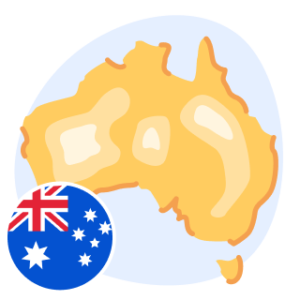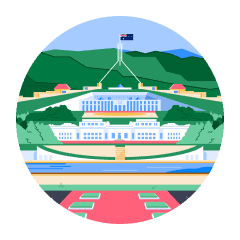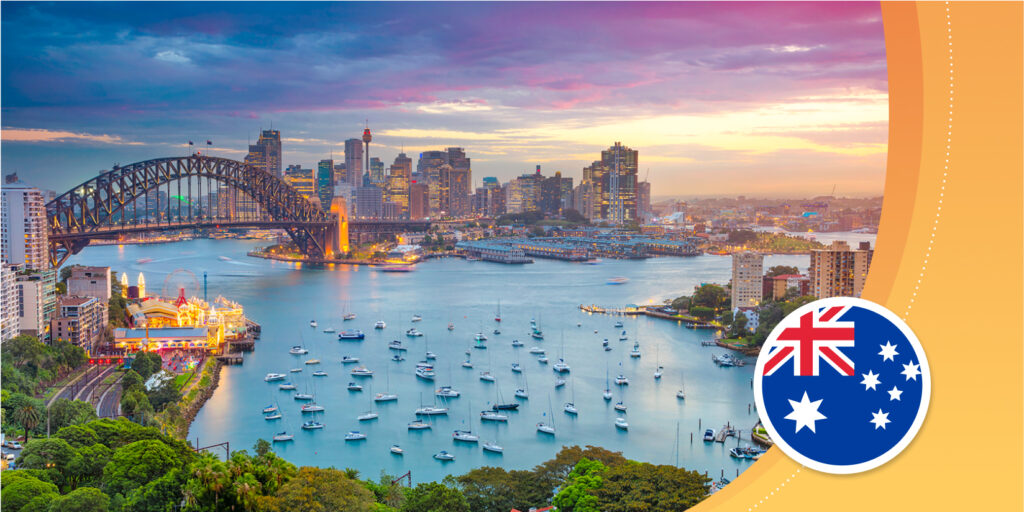On August 27, 2024, Australia announced an international student cap on new international student enrolments. In the calendar year 2025, new student enrolments will be limited to 270,000. This cap will significantly affect the international education sector, as there are currently over 700,000 international students in Australia.
Read on to learn more about what the cap on international student enrolments entails, as well as what this means for prospective international students.

International Student Cap Specifics
Australia will set a National Planning Level (NPL), capping the number of incoming international students to higher education institutions.
In 2025, publicly funded universities will be able to admit 145,000 new international students, just slightly less than the number of international students that were admitted in 2023.
Private universities and non-university higher education providers have been capped at admitting approximately 30,000 new international students. Meanwhile, the vocational education and training (VET) sector, a popular option for international students, will have the biggest cuts, with a cap of 95,000 new international students for 2025. Both VET providers and private institutions will see international student enrolments decrease by about 30% in 2025.
Note: This cap will not affect students taking standalone English language courses (ELICOS), K-12 students, higher degree by research (HDR) students, or other specific exemptions.

Why Was the Cap Introduced?
The Australian government wants to preserve the quality of education in Australian institutions, while tackling challenges such as housing shortages. By setting a cap on the number of international student enrolments, and encouraging institutions to invest in new student housing, Australia supports a high quality education environment for international and domestic students, while also meeting the needs of their citizens. Like the recently revised minimum English-language requirements for international students, this cap was structured to encourage more sustainable practices in the Australian international education sector.
In 2022–23, international education contributed well over A$36.4 billion to Australia’s economy. This policy change has fuelled many conversations about potential effects the cap may have on Australia’s economy and the global education sector.

Next Steps for International Students
Policy changes like these mean that it’s more important than ever to understand how student visa processes work in destinations like Australia. Careful planning and creating an application timeline is key when preparing to become an international student.
Competition for enrolments into Australian institutions is likely to increase, and options may become more limited, which may make the international student journey more challenging to navigate.
To prepare for challenges that may arise from the caps, we encourage future students to:
- Choose HDR or ELICOS: Depending on your study needs, consider applying to standalone English language courses (ELICOS), or higher degree by research (HDR) options (like PhDs), which are exempt from the new cap.
- Explore various study destinations: Look for study options in other popular international student destinations, like the United States or the United Kingdom.
- Start your visa application process early: Student visa processing takes time, and getting a head start can help you avoid delays.
- Consider different education options: Think about whether university, college, or vocational school is the best fit, depending on your academic and career goals.
- Use ApplyBoard: The ApplyBoard platform can connect you with over 140,000 study programs in five different countries.
Australia’s new international student cap marks a significant shift in their education sector. While the cap aims to improve the quality of education and address infrastructural challenges, it also creates unique challenges for both future international students and academic institutions.
By staying informed about Australia’s educational sector and considering options carefully, prospective students can navigate these changes and achieve their international study goals.
For the most up-to-date information, please visit the Australian Ministers of the Education Portfolio website.



